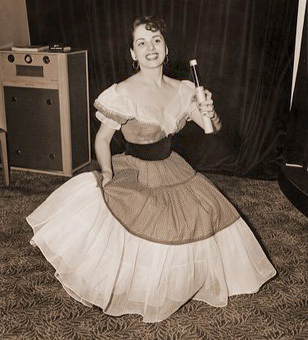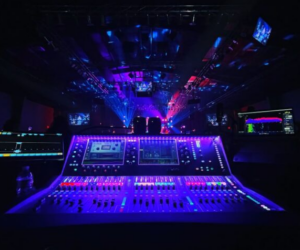The early history of the development of wireless microphone systems is a bit murky as to “who did what and when,” but it might be surprising to know that they’ve been around in various forms for more than 60 years.
In fact, back in the mid-1940s, publications such as Popular Science showed schematics and kits for making low-power wireless microphones that could transmit to a nearby AM radio.
The Shure Vagabond system, which debuted in 1953, most certainly was one of the first – if not the first – wireless microphone system created and “mass produced” for performance and production. Its field of coverage was a circle of approximately 700 square feet, which corresponds to a line-of-sight distance of about 15 feet from transmitter to receiver.
A few years later, Sennheiser unveiled a wireless mic system that was marketed through Telefunken. The pocket-sized transmitter, called the Mikroport, sported a dynamic moving-coil cartridge microphone with a cardioid pickup pattern, transmitting at 37 MHz with a specified range of 300 feet.
The first wireless mic system patent was filed in 1957 by Raymond Litke, an electrical engineer. Vega Electronics began manufacturing this system in 1959 (called the Vega-Mike), and it was first used by reporters on the floors of the 1960 Democratic and Republican National Conventions. Litke’s U.S. patent was granted in 1964, and the Federal Communications Commission (FCC) granted 12 frequencies for its use.
Also developing systems and technology during that time were Sony, beyerdynamic, and by the mid-1970s, Nady Systems introduced compander technology that improved dynamic range. The Rolling Stones were among the first high-profile artists to use these systems live in concert.
Today, despite the increasing challenges of RF congestion and changes in available frequencies, the use of wireless systems continues to proliferate in live sound and production, as well as in live broadcast. The majority of systems still operate in the UHF band (in the U.S. working around the 700 MHz ban enacted a couple of years ago), while digital systems, usually operating in the 2.4 GHz band, have gained in popularity.
Manufacturers continue to find new and better ways to enhance sonic performance and insure solid transmission, while also making systems much easier to use with features like automatic channel scanning, push-button synchronization, and more. Another notable development of late has been signal encryption that enhances security.
Even with all of the challenges, today’s wireless mic systems are modern marvels. Enjoy this Real World Gear Tour of the latest models, and note that several of them have hit the market within the past few months, including a few that have debuted just since January.
Craig Leerman is senior contributing editor for Live Sound International and ProSoundWeb.

















